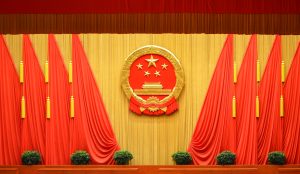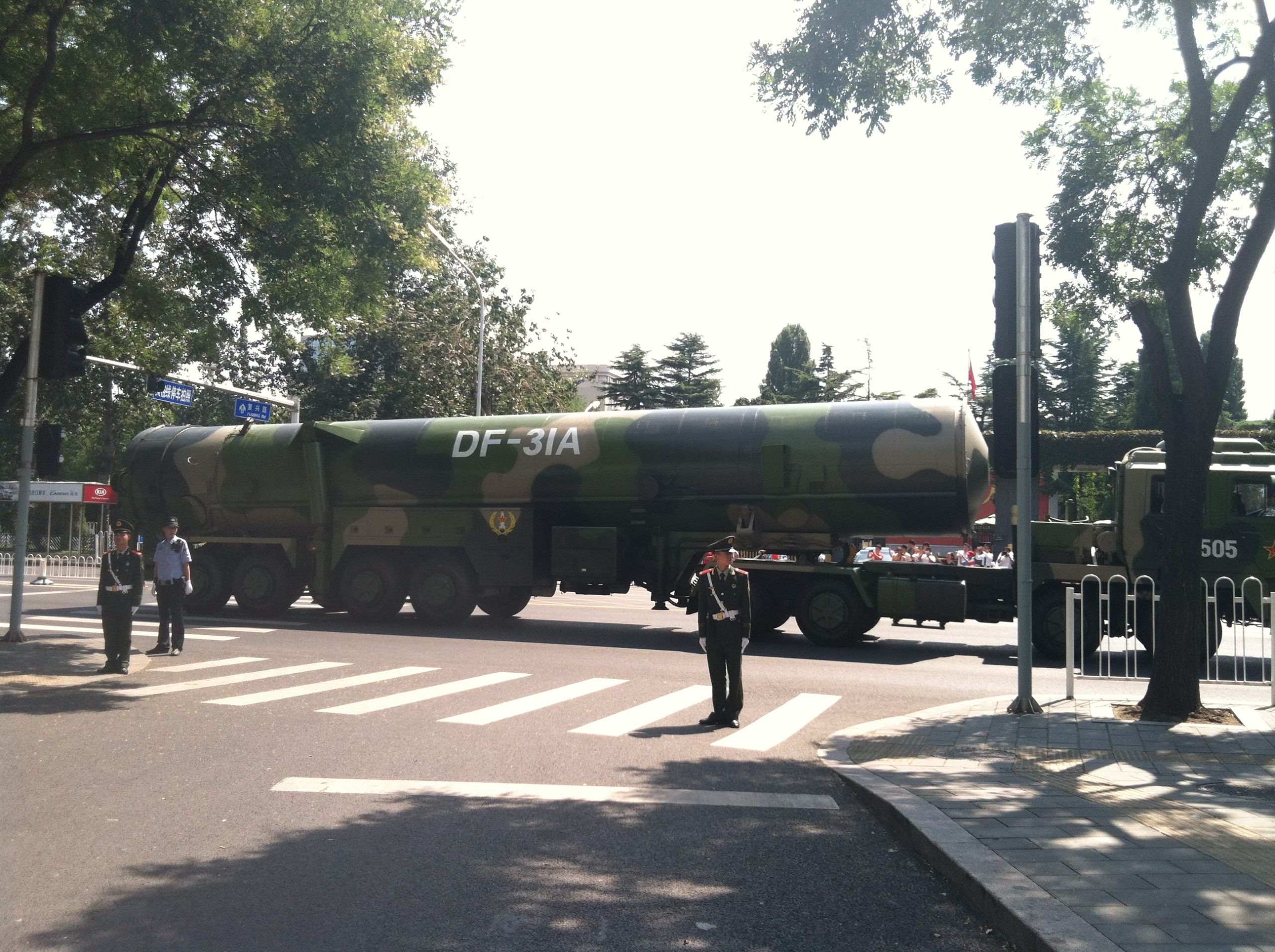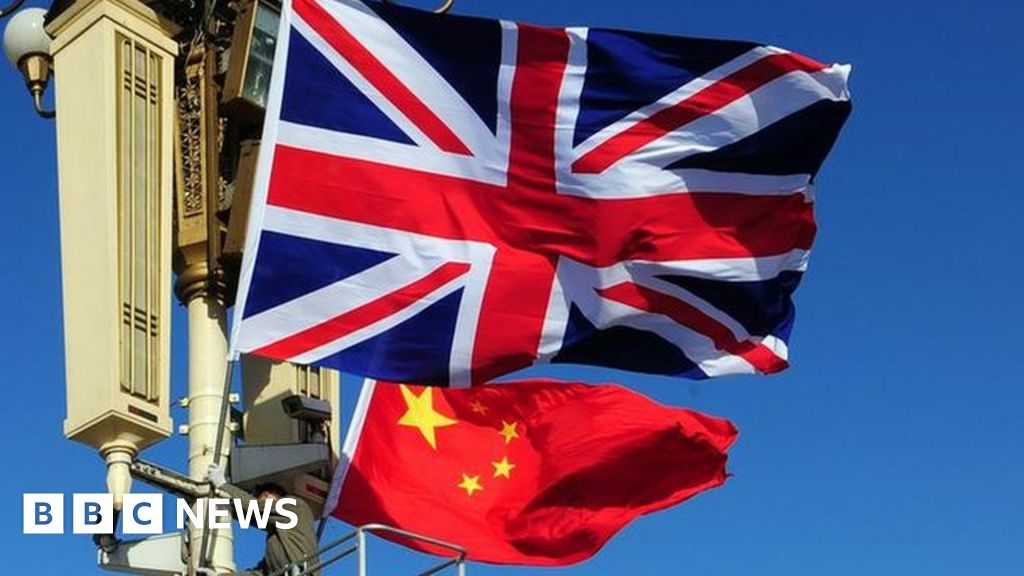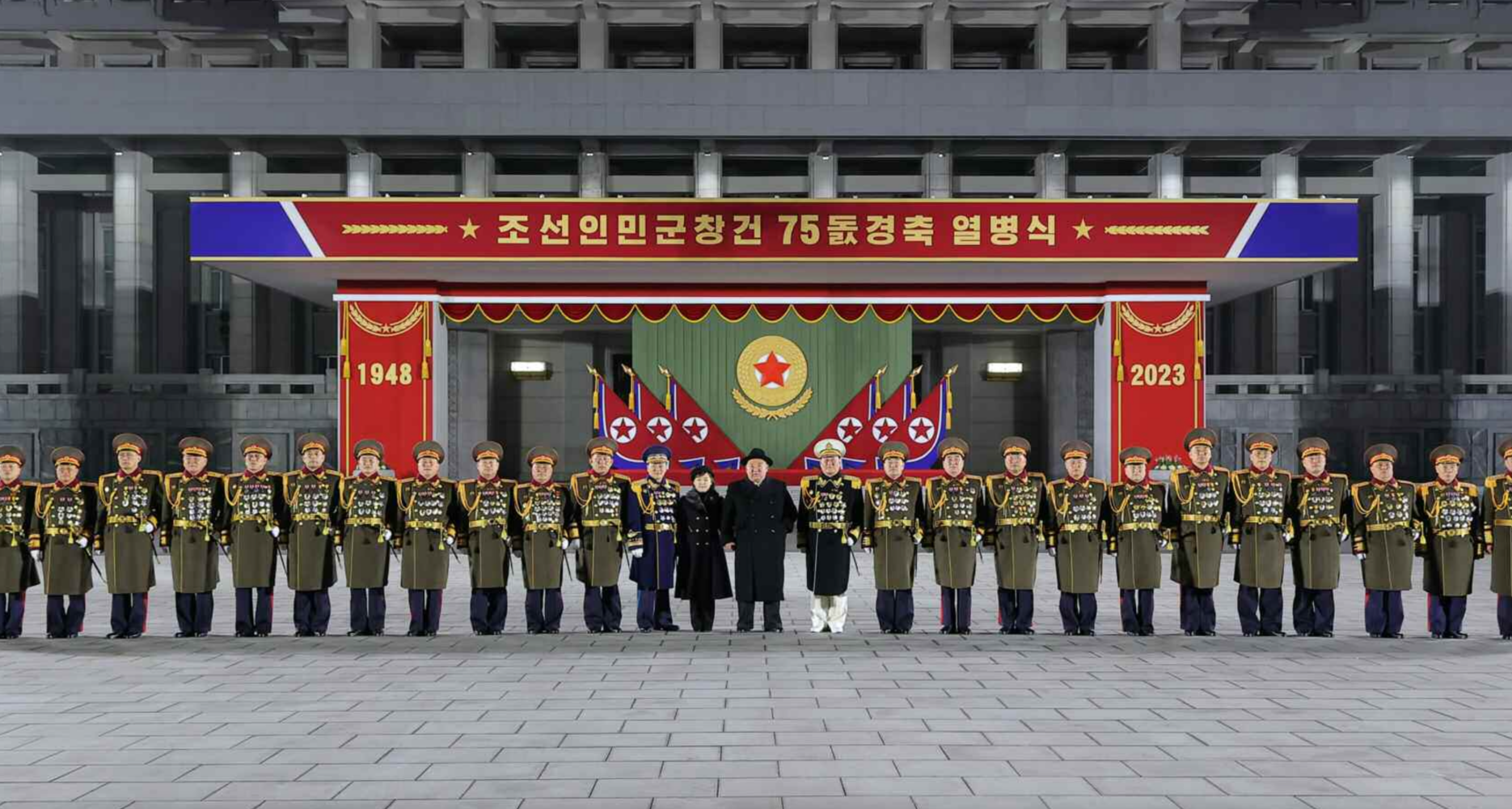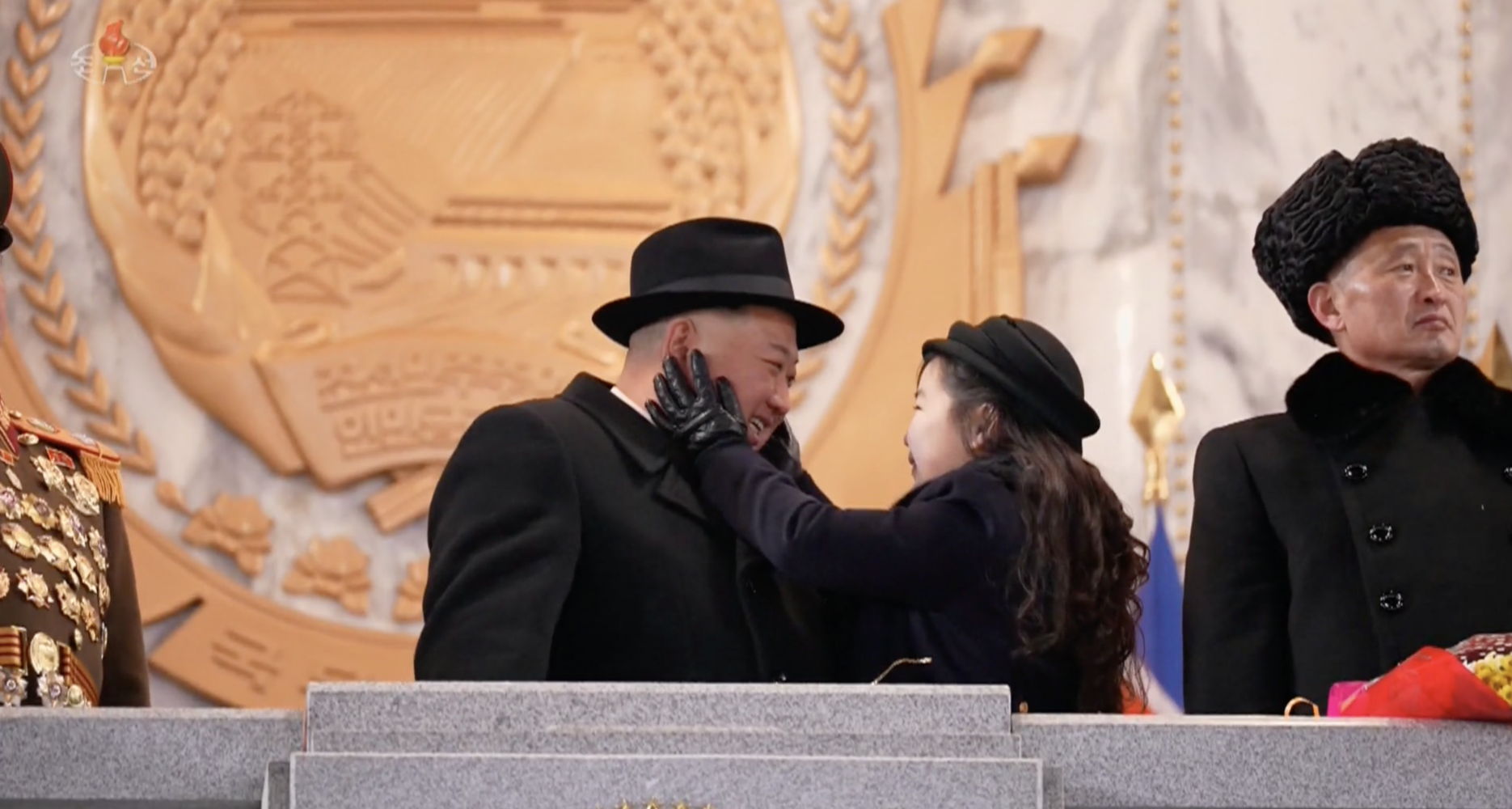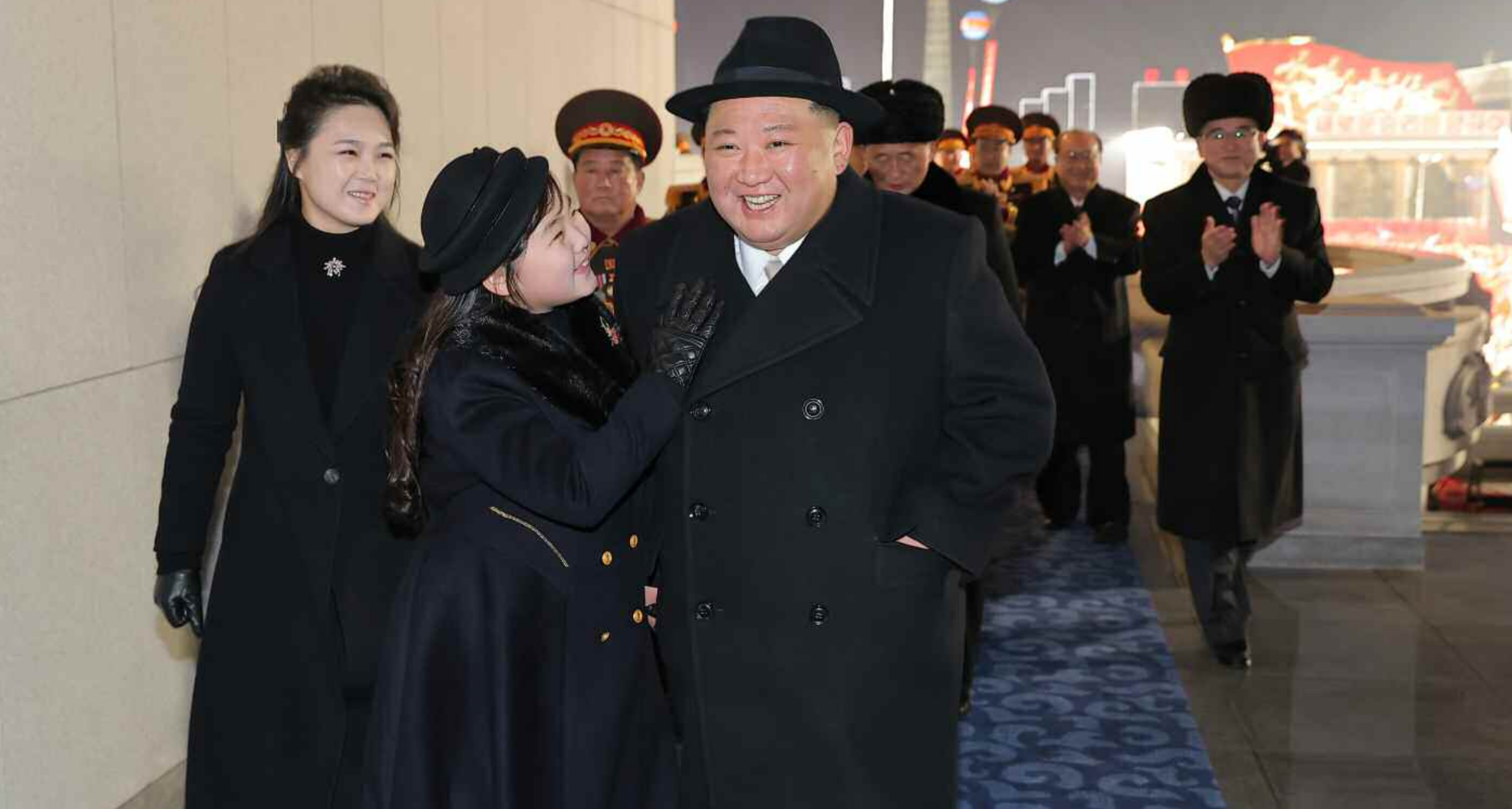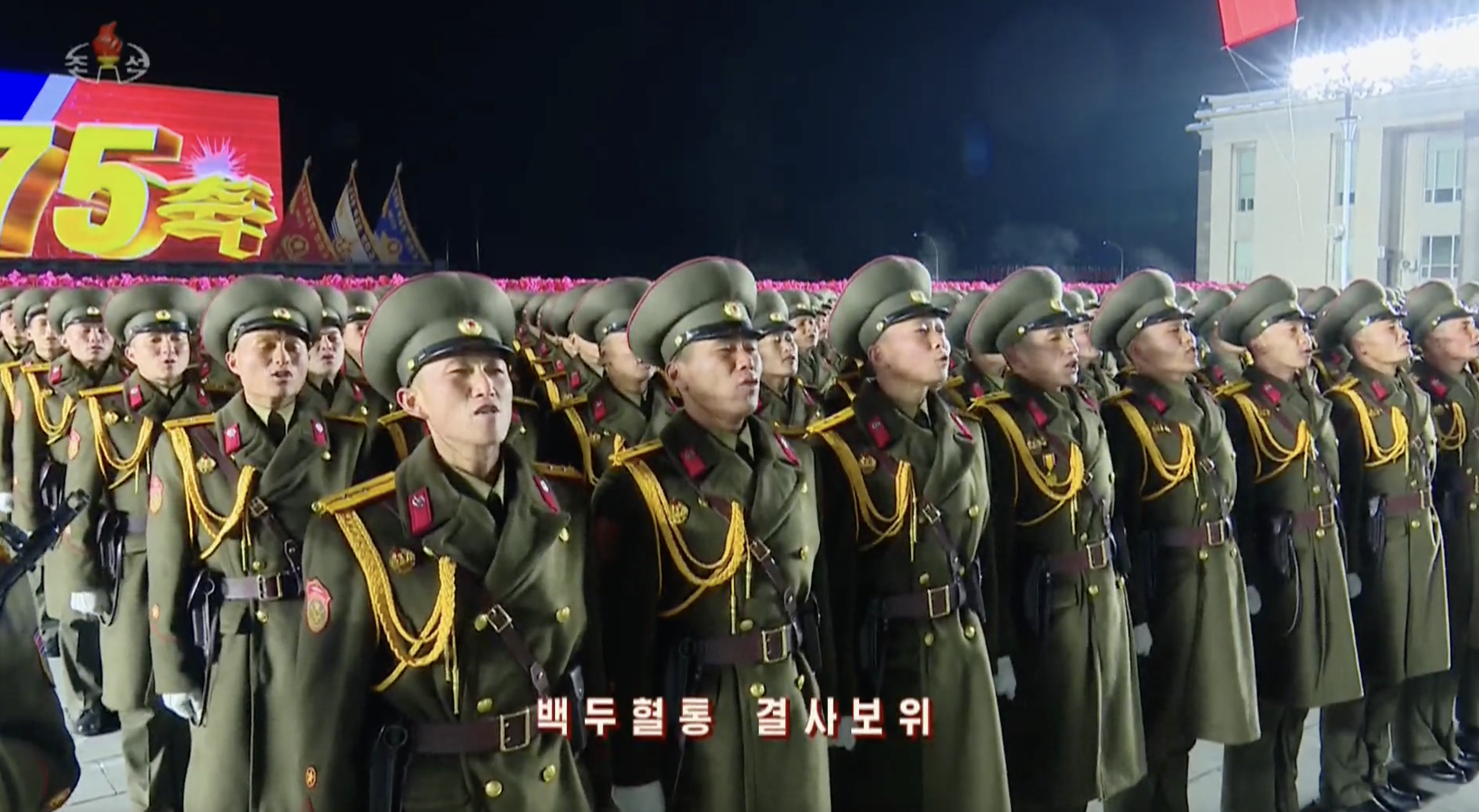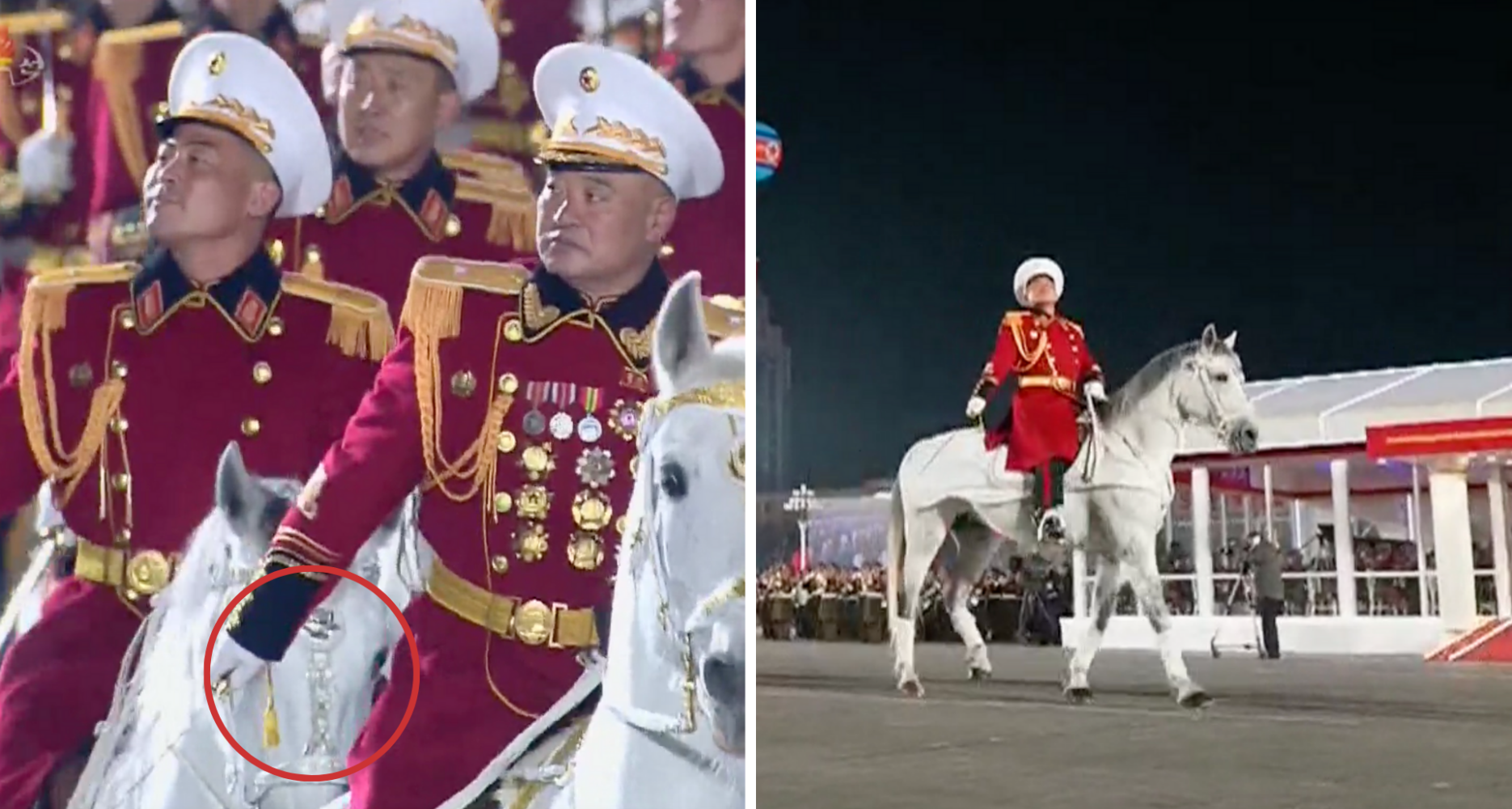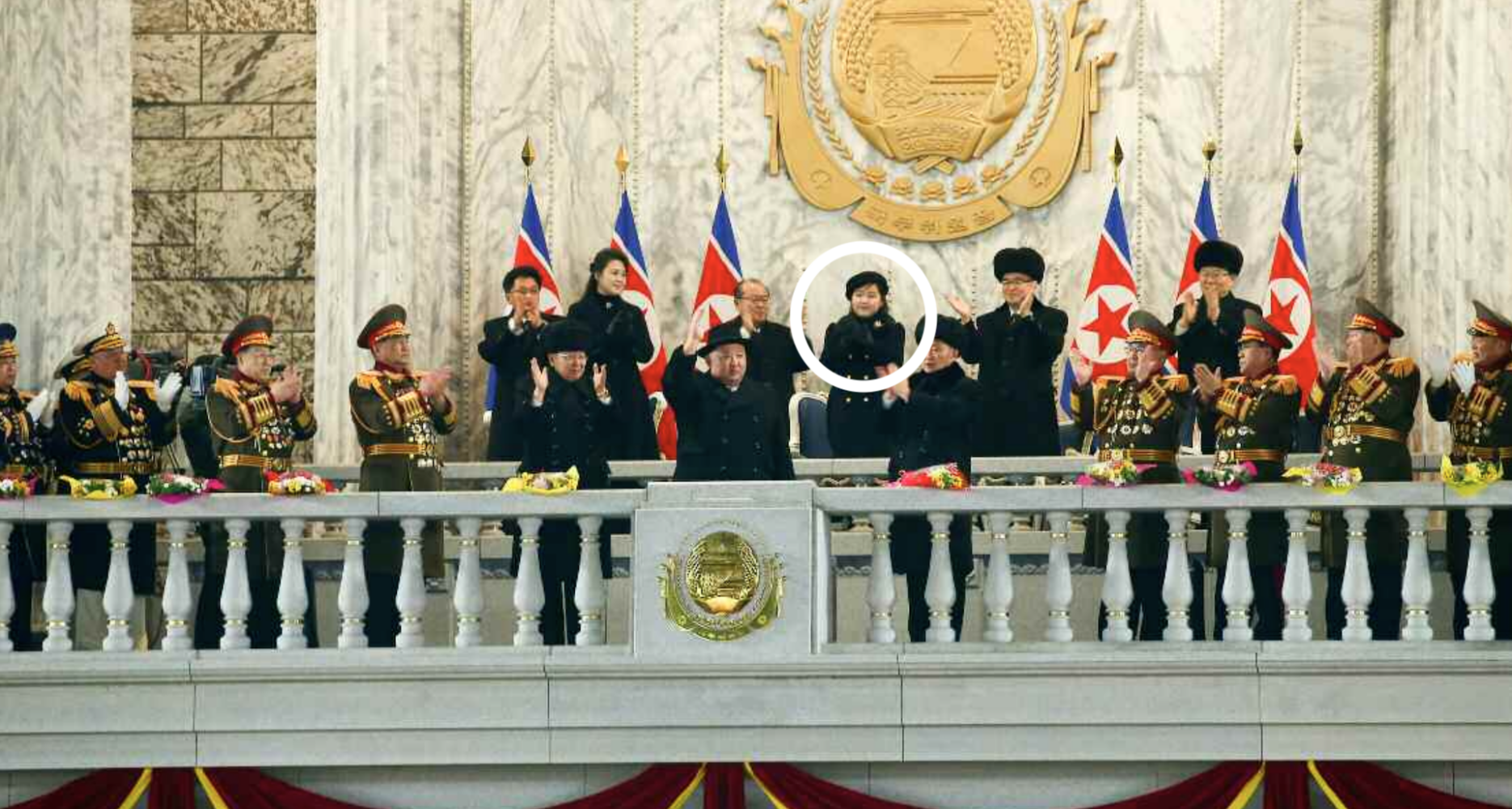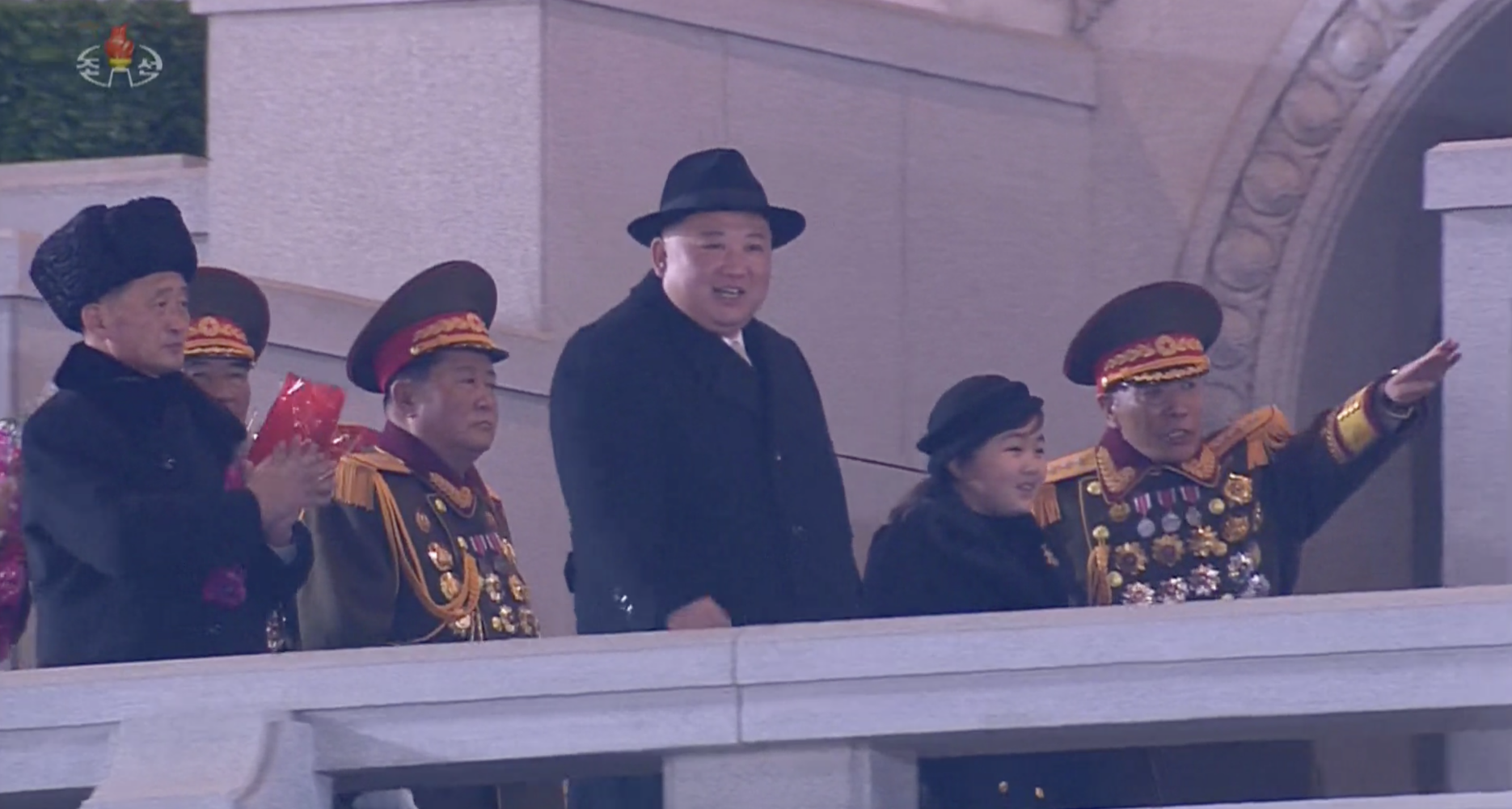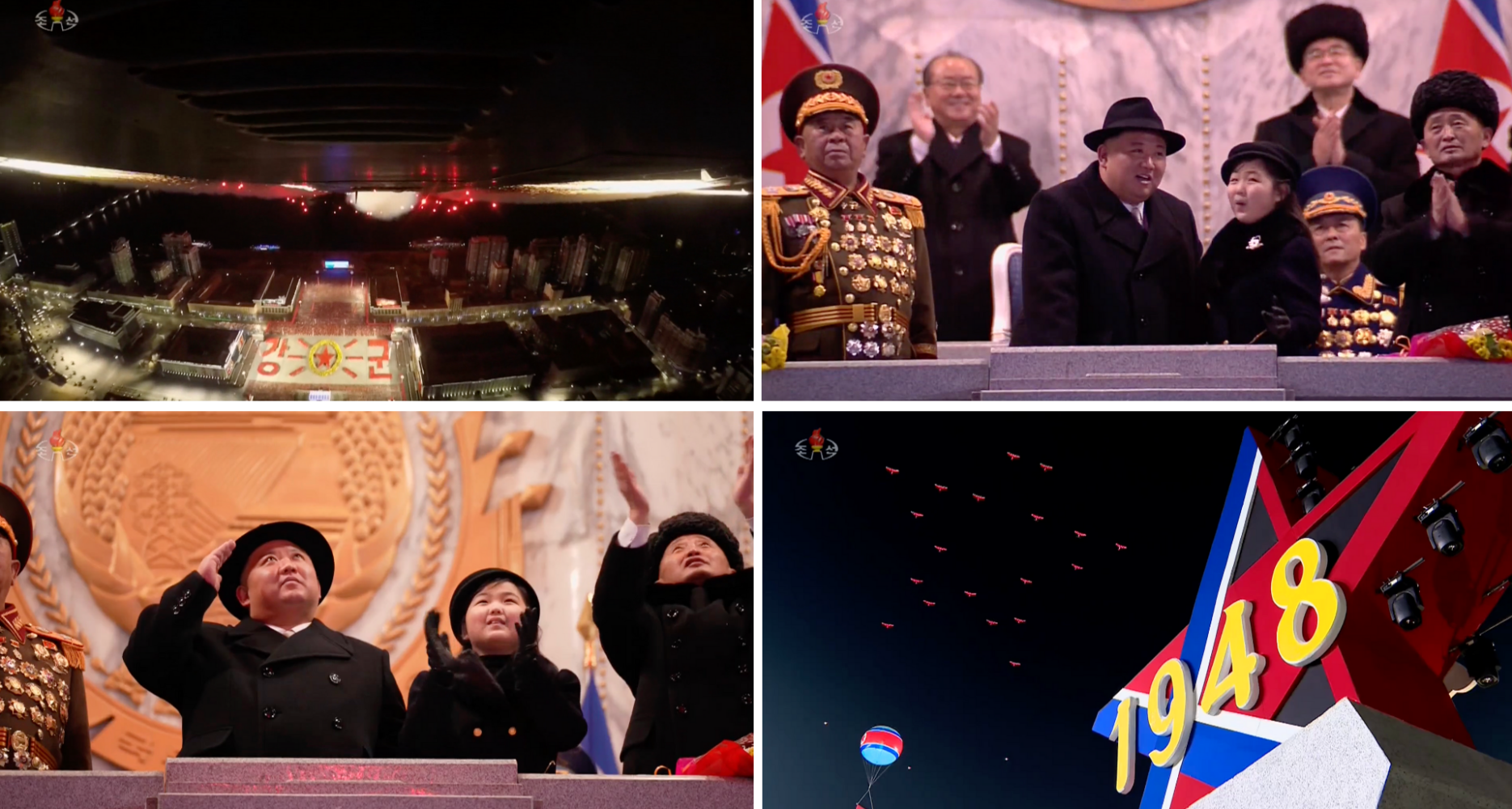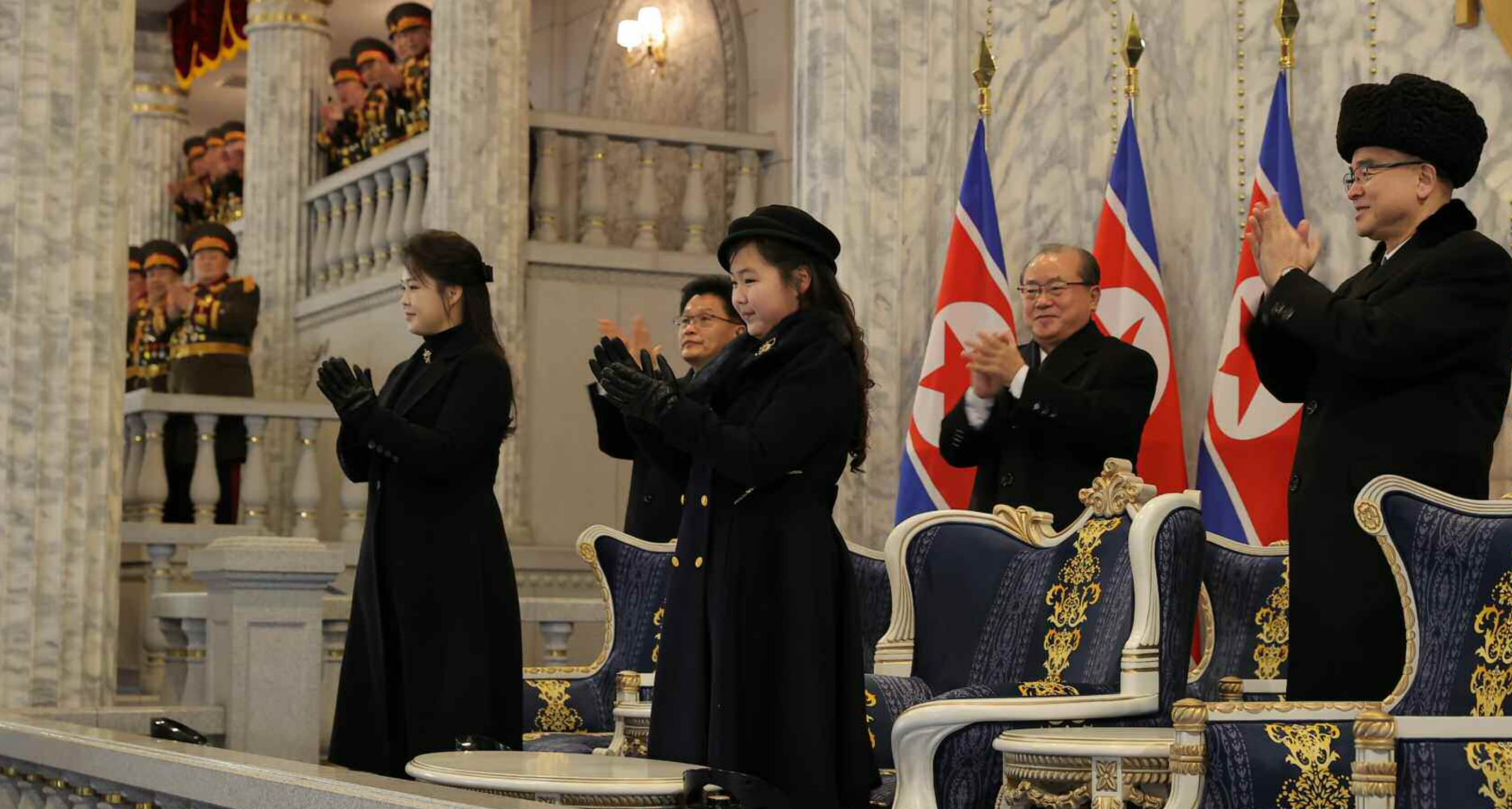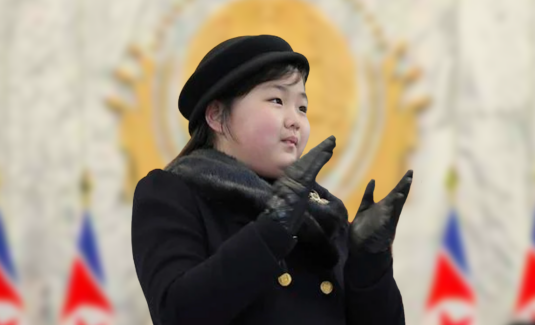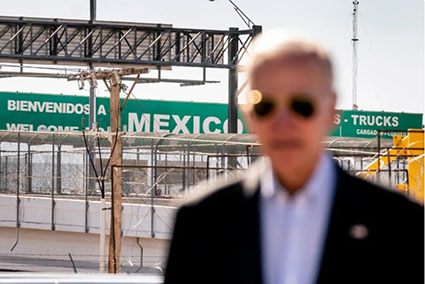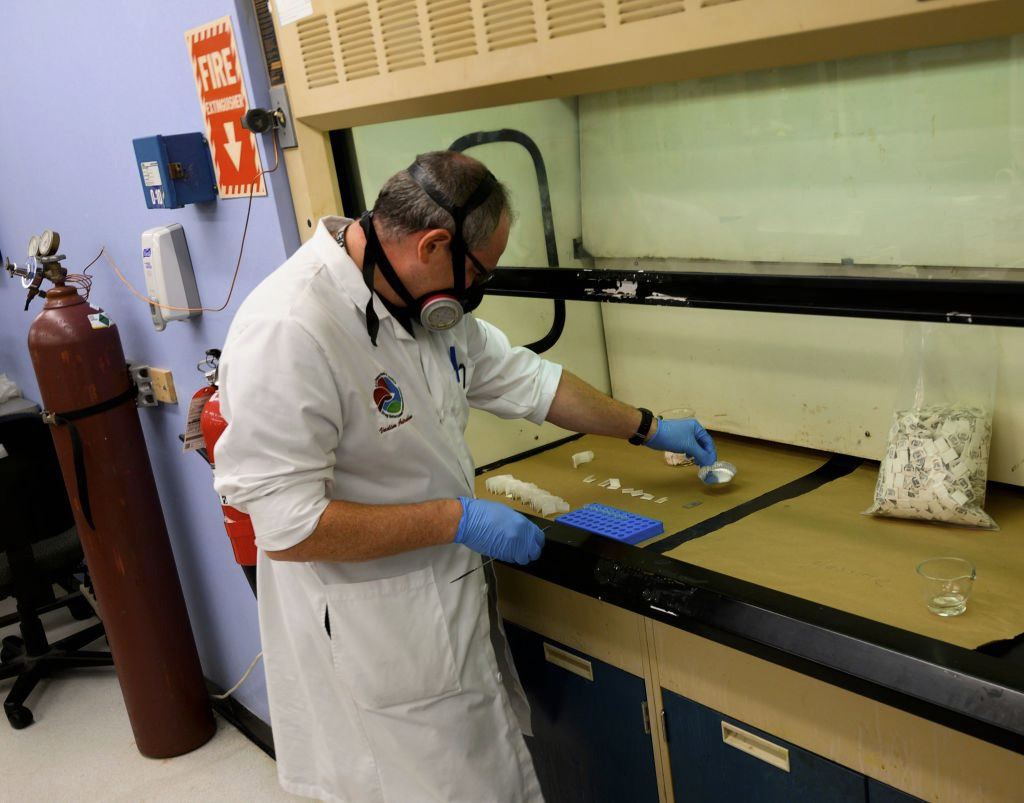Israel-China relations amid the Sino-US rivalry
Dale Aluf
The rise of China as a power to be reckoned with on the world stage and America’s response has compelled Israel to re-examine the nature of its relations with the Eastern giant. The picture from 2017 couldn’t be more contrasting. Still, the question of how to preserve Israel’s strategic autonomy amid an increasingly fraught geo-economic matrix lingers.
Back in 2017, a time of flourishing economic cooperation between Israel and China in the realms of infrastructure and technology, Prime Minister Benjamin Netanyahu
traveled to Beijing with a delegation comprising 100 businesspeople and four ministers.
That year happened to be the 25th anniversary of Israel-China relations, and deepening technology cooperation was atop the agenda. So much so that PM Netanyahu and the General Secretary of the Communist Party of China, Xi Jinping, took the opportunity to designate their countries’ relationship as a “
Comprehensive Innovation Partnership.”
Meanwhile, the sentiment in Washington was much different. Just nine months after Netanyahu returned from Beijing, the American establishment had concluded that China wished “to shape a world antithetical to US values and interests” and “displace the United States in the Indo-Pacific region”– as articulated in its December 2017
National Security Strategy.
By January 2018, the Donald Trump administration had fired the first shot from its economic cannon, imposing
crippling export restrictions on Chinese telecommunication company ZTE. Huawei was soon to follow.
The measures implemented by Trump were scattershot, and his rhetoric toward Beijing was erratic at best. Across defense, trade, technology, human rights, global governance and beyond, actions and reprisals by one side or the other escalated.
To complement its economic statecraft, the US launched a campaign to persuade allies and partners worldwide to limit, exclude, or remove any Chinese involvement in their critical infrastructure and digital ecosystems.
It wasn’t long before US officials began scrutinizing and criticizing what they deemed potentially unsavory collaborations between its most trusted Middle Eastern ally and its newly designated “strategic rival.”
One by one, Israeli infrastructure projects became roiled in controversy. A new container terminal at the
Haifa Port that Shanghai International Ports Group would be operating for 25 years was the first to spark outrage among US officials in 2018. A year later, the
installation of Huawei inverters in Israel’s solar-panel grid garnered criticism from a US Department of Energy representative.
Washington’s concerns surrounding China’s involvement in Israeli infrastructure centered primarily on cybersecurity issues and espionage against Israeli and US interests, thrusting these civilian infrastructure projects into the domain of national security.
To address these and similar concerns, Israel scrambled to form
a foreign-investment review committee for critical infrastructure in 2019. The mechanism has since undergone multiple iterations to improve its efficacy. Many in Israel and the US viewed the move as a step in the right direction, consistent with the responses of many European countries and elsewhere.
Ultimately, Israel’s security apparatus was able to allay US fears regarding the Haifa Port terminal,
despite refusing to entertain a request to allow the US Coast Guard to conduct a security check on the facility. Meanwhile, other projects were less fortunate.
Shortly after a visit from then-US secretary of state Mike Pompeo to Jerusalem in May of 2020, Hong Kong-based Hutchinson Group happened to
lose a bid for the Sorek-B desalination facility. In January 2022, a Chinese consortium failed to secure a tender to construct the Green and Purple lines of the Tel Aviv light rail.
Israeli media reported that these tenders “were seen by officials in Washington as a major test of the Israeli government’s policy towards China.”
Israel’s foreign-investment screening mechanism seemed to be working. Nevertheless, the new committee failed to address America’s other core concern: that advanced Israeli technology might somehow find its way into China’s civil-military fusion efforts and bolster the People’s Liberation Army’s capabilities.
Since 2002, Chinese companies have struck around 500 (recorded) investment deals in Israel, 97% of which have been in its vaunted technology sector. These investments in Israeli technology amount to more than US$9 billion.
Meanwhile, multinationals like
Huawei and
others set up research and development (R&D) facilities by acquiring Israeli firms, employing dozens of experts in fields ranging from telecommunication and artificial intelligence (AI) to cloud computing and data science.
A substantial portion of Israel’s exports to China, which have
hovered around $4.5 billion in value since 2018, comprises semiconductors and equipment used in their production. According to the
Observatory of Economic Complexity, integrated circuits made up as much as 45.9% of exports to China in 2020. Trailing behind were measuring instruments, accounting for 8.97%, followed by X-ray equipment at 4.7%.
As a rule, Israel does not sell military or dual-use technologies to China. This has been the case since the US pressured Israel to renege on two lucrative arms deals with China
in 2000 and 2004. Israel established a
Defense Export Control Agency (DECA) within the Defense Ministry in 2006 to provide oversight and regulation for sensitive technology, information and defense equipment.
Notably, Israel’s Ministry of Economy also has an
Export Control Agency responsible for regulating dual-use goods, technologies and services. In June 2021, the agency
announced it would increase its enforcement of civilian export controls. However, China’s unique economic statecraft and the extent to which Beijing has demonstrated it will go to acquire advanced technology and know-how have demanded more from Israeli policymakers.
In August 2021, cybersecurity firm FireEye
uncovered a large-scale cyber attack targeting government bodies and private organizations involved in shipping, high tech, telecommunications, defense, academia and information technology. A year later, media outlets
reported that Chinese party-state-affiliated institutions were operating recruiting networks targeting Israeli scientists in a bid to acquire intellectual property.
Oversight tightened
In January 2022, Israel
agreed to notify the US of any major deals with China. In July, President Joe Biden and then-prime minister Yair Lapid launched the
US-Israel Strategic High-Level Dialogue on Technology “to establish a partnership on critical and emerging technologies to bring the cooperation between the countries to new heights.” While China was not mentioned in the context of the new dialogue, the writing was on the wall.
Last year, the Israeli cabinet’s National Security Affairs Committee doubled down on tightening oversight of foreign investments,
passing a resolution to lower the threshold for the committee’s intervention to 20% foreign ownership stake (5% in exceptional cases) from its previous threshold of 50%.
Despite all the measures Israel has taken to assuage US fears, pressure on Jerusalem continues unabated. Last September,
Israeli media reported that the White House had pressed Israel to cut scientific research ties with China, again citing dual-use concerns. A source in the Defense Ministry told the media outlet that he believed America’s goal “was to minimize, or if possible cut altogether, cooperation between Israeli and Chinese research organizations.”
Israel has certainly woken up to the myriad challenges an increasingly assertive, powerful China presents. The Israeli public’s views of China,
once highly positive, have deteriorated to levels
roughly consistent with those in the West. Nevertheless, there remain reservations among some Israelis regarding America’s concerns and the extent to which the US should be allowed to interfere in Israel’s China policy.
Israel’s former spy chief Yossi Cohen is one such critic who has
expressed skepticism over Washington’s increasingly hardline approach. During a lecture delivered at Bar-Ilan University in June 2021, Cohen said: “I do not understand what the Americans want from China. If anyone understands, they should explain it to me. China isn’t against us and is not our enemy.”
From Israel’s regionally focused perspective, the most significant existential threat remains Iran. Yossi is not alone; one of Israel’s veteran China experts, Professor Yitzhak Shichor,
recently wrote, “Washington seems so obsessed with China that it seems a psychological, perhaps psychiatric, disorder.”
In a January 2022 piece
published in The Marker, Noam Gruber, a senior economist at the International Monetary Fund and former head of research at Israel’s National Economic Council, acknowledged that US concerns were legitimate but reaffirmed his colleagues’ sentiments that “China is not Israel’s enemy.”
Gruber believes that US requests to restrict Chinese involvement in the civilian realm cross the line and should not be entertained by the Israeli establishment.
Gruber raises concerns that Chinese companies will withhold their bids on government tenders in Israel “out of fear that some invisible hand will ensure that these tenders won’t embarrass Israel in front of the US,” the result being that projects will cost more and take longer to complete.
China’s importance for Israel
This is no trivial matter. Israel’s population is set to double in size over the next 30 years and will require over $200 billion to satisfy the infrastructural needs of its growing citizenry.
Businesses have begun to push back. Last year, a conglomerate of Israeli and Chinese companies
took legal action against the government for rejecting their bid to join the Tel Aviv light-rail project, claiming it was based on illegal US pressure.
Meanwhile, when it comes to technology cooperation, some Israelis have expressed a lack of clarity on the US side regarding exactly what kinds of innovations are off-limits. As Ilan Maor, president of the Israel-China & Hong Kong Chamber of Commerce, explained, “I don’t agree with the American definition of ‘strategic technologies’ … because basically it covers everything other than toilet paper.”
Ilan’s sentiments are not surprising. As Jon Bateman
writes in Foreign Policy, “Washington’s endgame for this conflict has always been hazy.” US State Department officials have told Israel that they don’t expect Israel to decouple from China. However, the US wants to ensure that “Israel and other countries
‘are in the driver’s seat’ in their relationships with the [People’s Republic of China] and in their engagements with PRC entities.”
But last October, the Biden administration took the wheel and made its intentions strikingly clear. That month the US Bureau of Industry and Security announced new extraterritorial restrictions on exports to China of advanced semiconductors, chip-making equipment, AI and quantum computing components.
The Israeli semiconductor industry, which accounts for
roughly 16% of the country’s high-tech exports now finds itself smack-bang
in the crossfire.
According to Bateman, these new measures “reveal a single-minded focus on thwarting Chinese capabilities at a broad and fundamental level.” While America has thus far justified its campaign against Chinese technology on national security grounds, “the primary damage to China will be economic, on a scale well out of proportion to Washington’s cited military and intelligence concerns,” Bateman argues.
What’s more, Biden’s plan may even backfire, according to
some analysts.
Tough decisions lie ahead for Israel.
In
a pointed piece in The Times of Israel, the deputy editor of Asia Times, David P Goldman, cautions that “Israel can’t afford to sacrifice its technological edge to accommodate a poorly conceived and ill-executed American policy.”
As Jerusalem continues to fine-tune its approach to China, the Israeli government has much more to think about than simply appeasing the US. After all, Israel’s ties with China do not exist in some trilateral vortex but in a global context. Within this context, the question of how to preserve Israel’s sovereignty and strategic autonomy should be front and center of policymakers’ considerations.
Israel-China relations amid the Sino-US rivalry

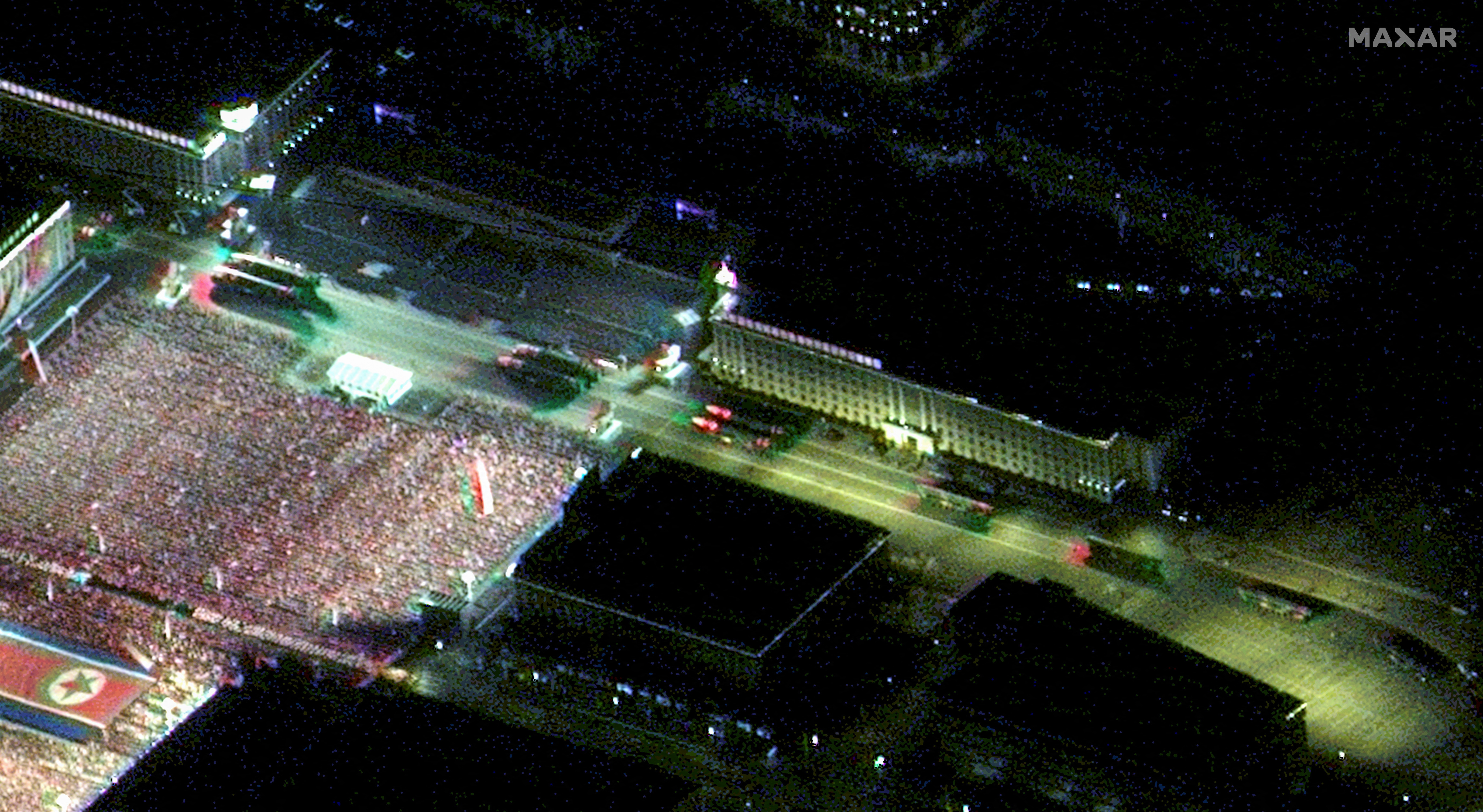
/cloudfront-us-east-2.images.arcpublishing.com/reuters/UPM2KRHOMVKA7H7LWVR2HF7JSU.jpg)
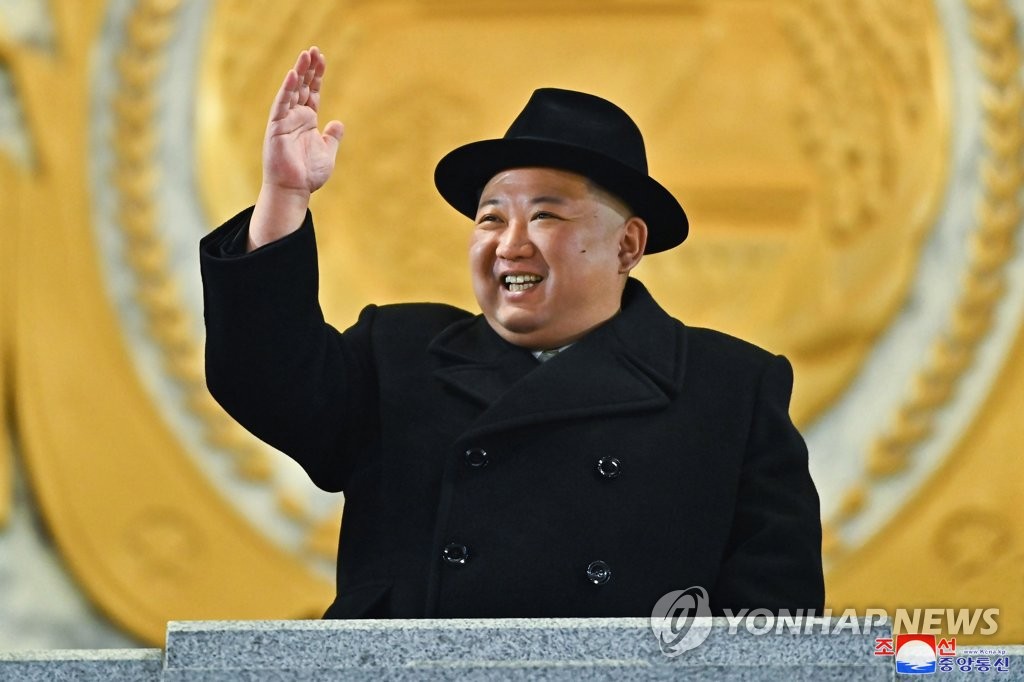
/cloudfront-us-east-2.images.arcpublishing.com/reuters/INJU7MMXXFPZ5HEHHHDJ2UFSGY.jpg)


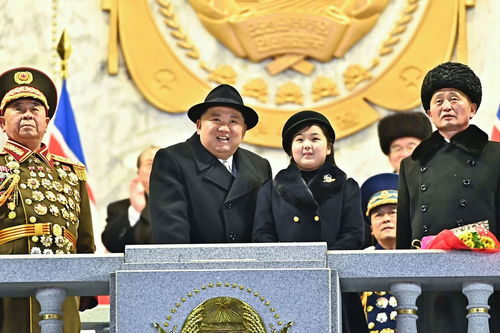 AFP/Getty Images: Kim Jong Un and his daughter presumed to be named Ju Ae, attending a military parade in Pyongyang in images released Thursday.
AFP/Getty Images: Kim Jong Un and his daughter presumed to be named Ju Ae, attending a military parade in Pyongyang in images released Thursday. Via The Telegraph/NK media: The necklace appears to be a replica of the missile.
Via The Telegraph/NK media: The necklace appears to be a replica of the missile.:quality(70)/cloudfront-us-east-1.images.arcpublishing.com/archetype/JVGB2BI3QBHTJDHZIBKCKPMOKM.jpg)



